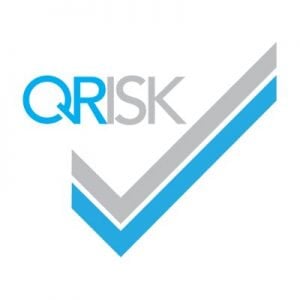The new 2017/18 Qof with the frailty index does away with the bureaucratic unplanned admissions direct enhanced service and replaces it with indentifying and managing the over 65s with moderate to severe frailty.
What is the electronic frailty index (eFI)?
The electronic Frailty Index (eFI), which has been developed by the University of Leeds, TPP (System One), Bradford Teaching Hospitals NHS Foundation Trust, Bradford University and Birmingham University, is an evidence based criteria for identifying frail patients.
It is based upon 36 deficits comprising 2000 Read codes . The score is strongly predictive of adverse outcomes and has been validated in large international studies.
The eFI score is out of 36. For example if 9 deficits are present then the socre will be (9/36) or 0.25. In this way the following frailty categories can be defined:
| eFI Score |
Category |
| 0 – 0.12 |
Fit |
| 0.13 – 0.24 |
Mild Frailty |
| 0.25 – 0.36 |
Moderate Frailty |
| > 0.36 |
Severe Frailty |
1. Fit (eFI score 0-0.12)– People who have no or few long-term conditions that are usually well controlled. This group would mainly be independent in day to day living activities.
2. Mild frailty (eFI score 0.13 –0.24) – People who are slowing up in older age and may need help with personal activities of daily living such as finances,shopping, transportation.
3. Moderate Frailty (eFI score 0.25 –0.36)–People who have difficulties with outdoor activities and may have mobility problems or require help withactivites such as washing and dressing.
4. Severe Frailty (eFI score > 0.36) – People who are often dependent for personal cares and have a range of long – term conditions/multimorbidity. Some of this group may be medically stable but others can be unstable and at risk of dying within 6 – 12 months.
How to get the eFI score and the list of moderately and severely frail patients?
This should be built in to your electronic care record system already (EMIS and System One). Running the search will produce a list of your moderately and severely frail patients.
What your practice needs to do:
For those patients identified as living with severe frailty, practices should provide a clinical review, which should include an annual medication review and, where appropriate, discuss whether the patient has fallen in the last 12 months. Any other clinically-relevant intervention should also be provided. In addition, where a patient does not already have an enriched Summary Care Record (SCR) the practice will promote this seeking informed patient consent to activate the enriched SCR.



